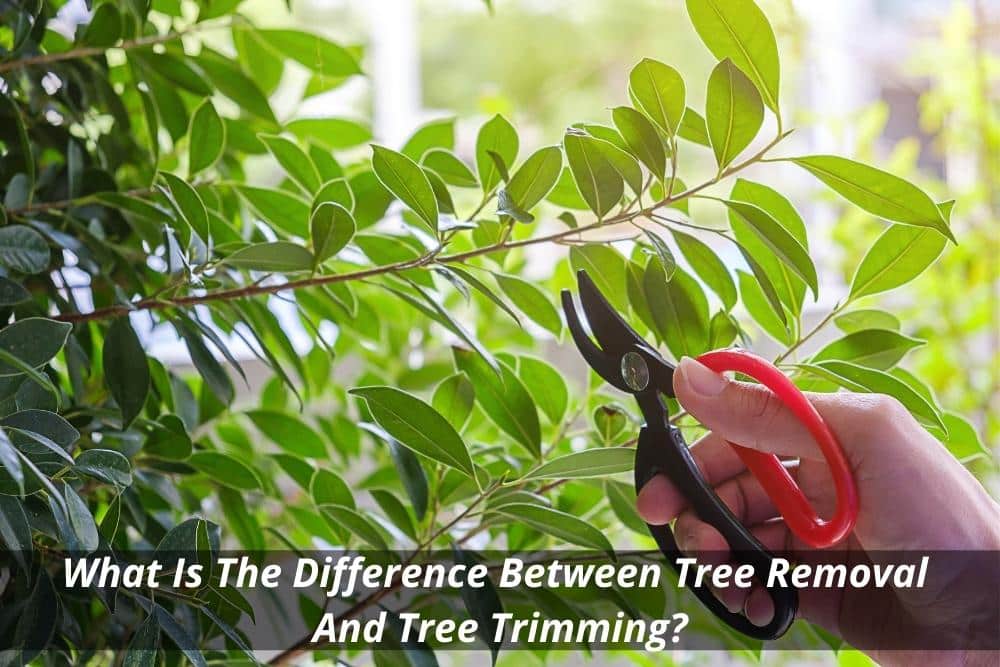All Categories
Featured
The removal of trees can create open rooms that are prone to weed intrusion. When trees exist, their dense canopies usually shade the ground, restricting the amount of sunshine that reaches the soil. After the removal of trees, these open areas receive boosted sunshine, offering perfect problems for weed development.

They may suggest the use of mulch, which acts as a protective obstacle on the soil surface area, protecting against weed seeds from germinating and suppressing weed development.

The existence of trees fosters a rich and varied area of dirt microorganisms. Tree roots provide a source of organic matter, exudates, and nutrients that sustain the development and activity of valuable soil microorganisms. Nevertheless, when trees are gotten rid of, the lack of their roots can interrupt the delicate balance of the soil's microbial ecological community.
What Do Arborist Wollongong Services Include?
This modification in pH can impact nutrient schedule, microbial task, and overall soil health and wellness. To address the results of tree reducing on soil pH, tree elimination professionals can provide valuable advice. They may advise soil screening to analyze the current pH levels and identify the necessary changes. Based upon the results, specialists can recommend pH change methods, such as adding lime to increase dirt pH or integrating important sulfur to reduce it.

It refers to the compression of dirt fragments, resulting in lowered pore room and raised dirt thickness. This compaction can negatively influence the soil's capability to work efficiently, impacting its water-holding ability, vitamins and mineral schedule, and origin penetration. Appropriate techniques utilized by tree elimination specialists can aid lessen compaction and maintain the soil's capacity to preserve water, and permit ample airflow and cautious tools handling.
Latest Posts
What Is The Best Tree Cutting Services Wollongong Service In My Area?
What Is The Best Tree Removal Wollongong Company?
Who Has The Best Wollongong City Council Tree Removal?